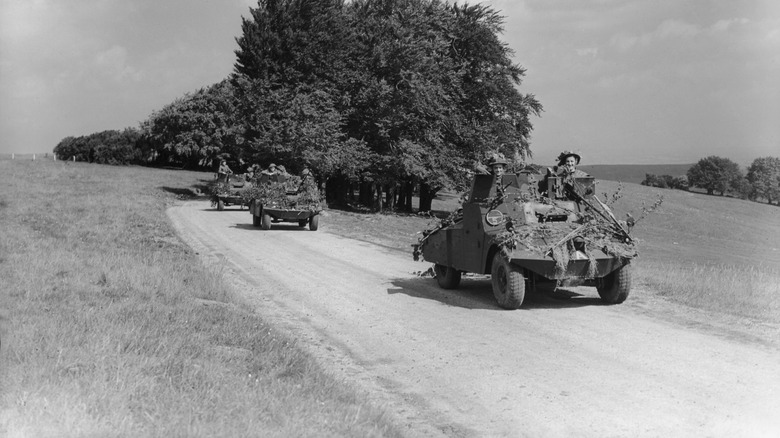The Beaverette: Britain's Strange Little Armored Car From WW2
The name "Beaverette" might conjure up a Disney character, superhero, or perhaps a female version of "The Beaver" as ripped from the late 1950s B&W television show, "Leave it to Beaver." Well, it's none of those things.
It was, however, a lightweight armored reconnaissance vehicle built by Britain in 1940 as the Germans began their march across Europe. The vehicle was expedited when it became obvious England was a target. Beaverettes were only deployed to the Home Guard and Royal Air Force (RAF) to defend aircraft factories within the borders of the United Kingdom.
The story of the Standard 4×2 begins when Max Aitken, known as Lord Beaverbrook, was appointed by Winston Churchill as the Minister of Aircraft Production in 1940.
The Crown was attempting to muster cheap, easy-to-build small arms and vehicles, so it opted to take existing Standard Motor Company (or Humber) car chassis' powered by Standard's 4-cylinder gas engine, and convert it into something that could, in a pinch, be used to "help" fight off the Nazis. Beaverbrook liked the idea so much that he became the torchbearer of the project and pushed through the creation of the Standard 4×2, which would colloquially become known as "The Beaverette."
England didn't ultimately leave it to Beaverette
Starting with a regular four-wheel "Saloon" car chassis complete with leaf-spring suspension, the Brits bolted on 11mm-thick steel plating and then backed that with three inches of oak planking to protect its crew members, despite it having an open-air design.
The engine was situated up front, just like a conventional auto, but because the tiny vehicle weighed 2.6 tons (5,753 pounds), a double-reduction back axle had to be installed to carry a heavier load. Even still, the Beaverette only managed a top speed of 24mph.
Standard made four variations (Mk I through IV) with minor improvements. The little autos could also be equipped with different types of armaments. Unfortunately, the design of the vertical aiming slots in the hull offered only limited visibility.
As history would have it, the Germans didn't invade Britain. And by 1942, approximately 2,800 Beaverettes were made, but none of them saw any front-line combat.
